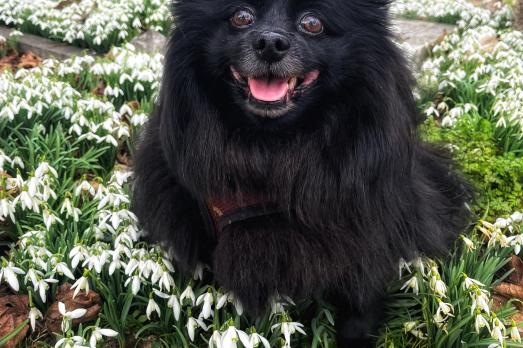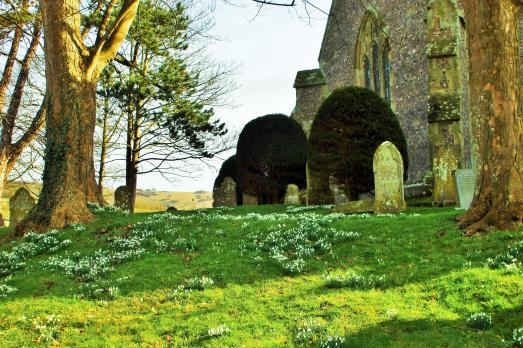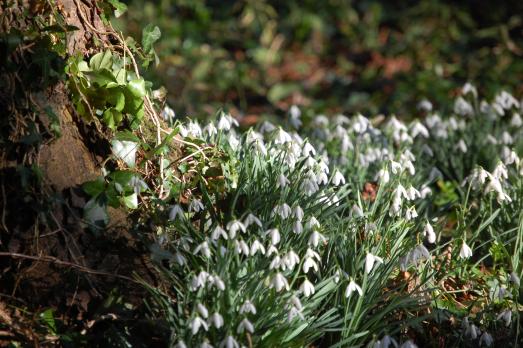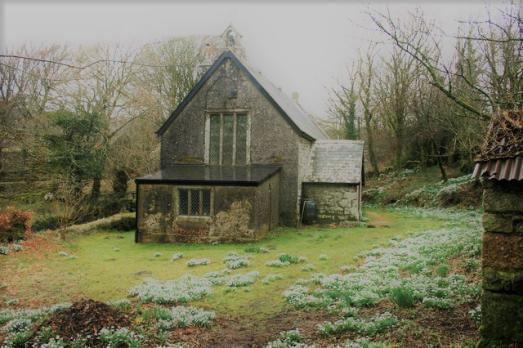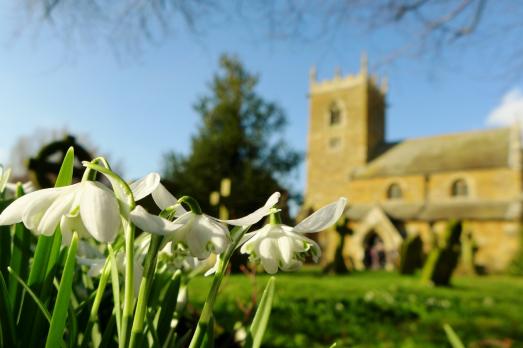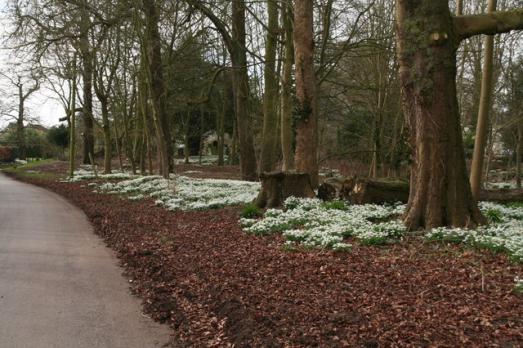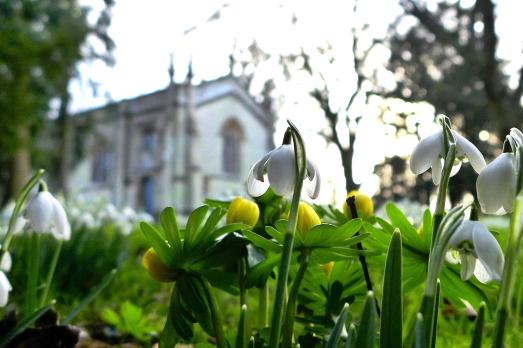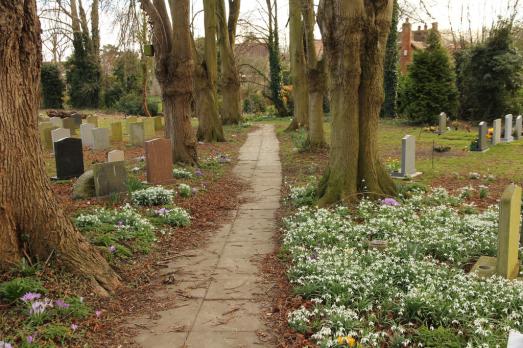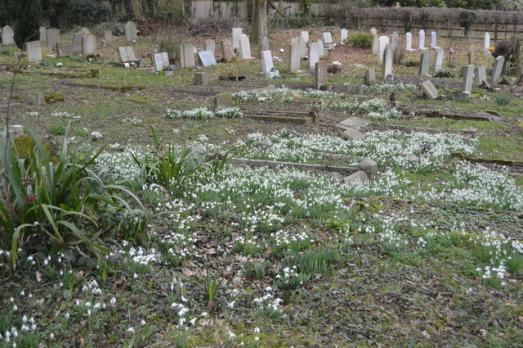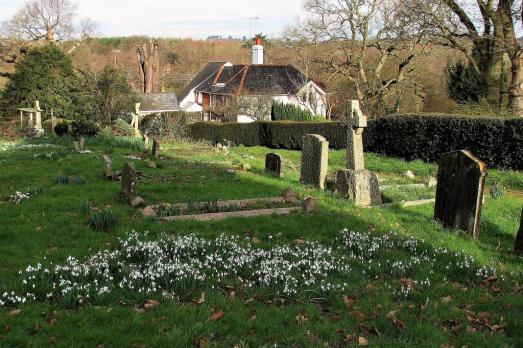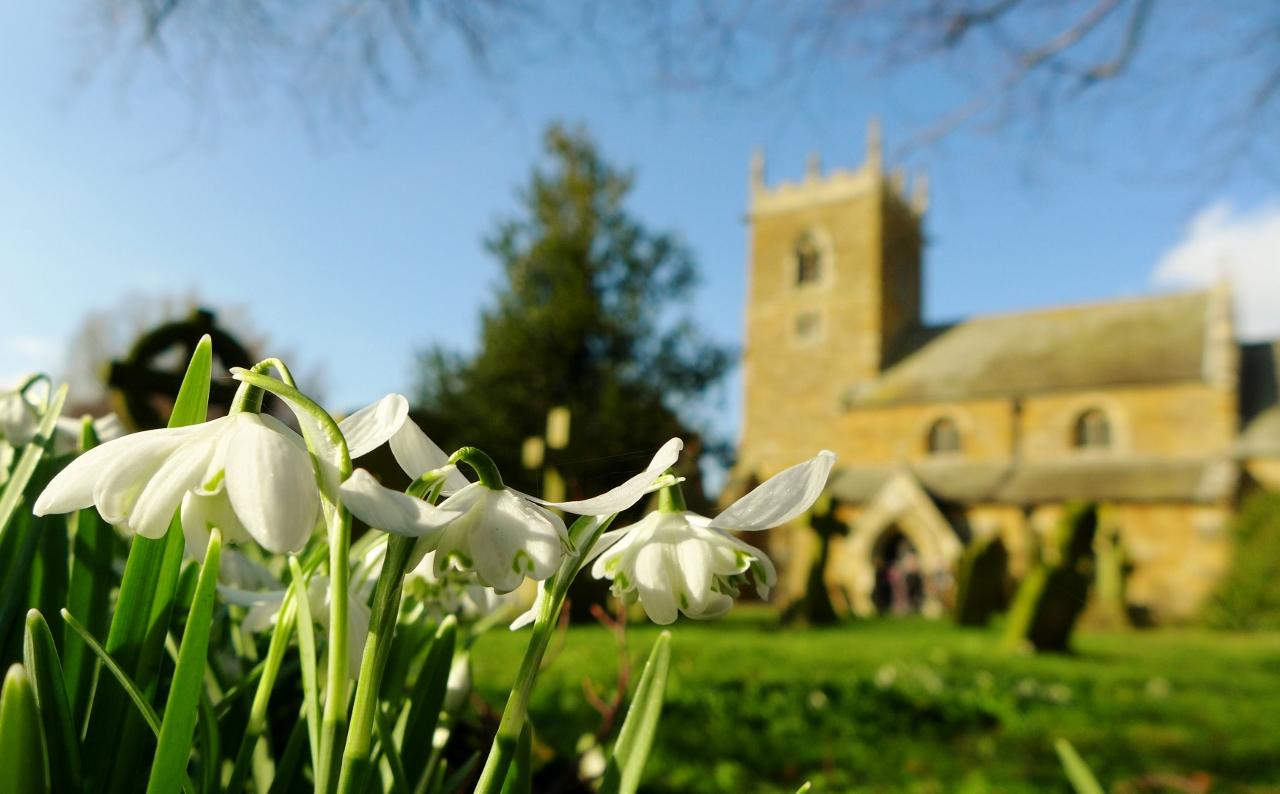
Spring flowers
The sight of spectacular snowdrops beginning to carpet churchyards across the county, are a sure sign that spring is just around the corner.
Head out on a crisp day to explore frosty landscapes and enjoy beautiful displays. Lots of churchyards have swathes of snowdrops, daffodils, aconites and more. Some also welcome intrepid spring seekers with open days, tours, hot cups of steaming tea and coffee and yummy cake.
Here is a pick of the best to visit, head out on a crisp day to explore frosty landscapes and enjoy beautiful displays.
Use our map to find which is closest to you!
If you know of a churchyard that we should include please email us.

RodIsmay
Snowdrops
Drifts of gently nodding milk white snowdrops signal the last sighs of winter.
These tony white beauties, poking their way through frosted soil, love to shelter in dappled shade at the base of trees and shrubs in churchyards across the country. They symbolise hope, the coming of spring and life reawakening.
The snowdrop’s colour is associated with purity and they have been described as a shy flower with their drooping flowers. Each stem carries a single flower, with narrow, green leaves around the base. They often form clumps, and spread across valleys and banks releasing a delicate fragrance. Be sure to delicately look inside and turn them over, they are just as gorgeous from underneath!
According to legend, the snowdrop became the symbol of hope when Adam and Eve were expelled from the Garden of Eden. When Eve was about to give up hope that the cold winters would never end, an angel appeared and transformed some of the snowflakes into snowdrops. Even the harshest winters eventually give way to the spring.
There are several regional folk traditions connected with snowdrops. In the 19th and early 20th centuries it was considered very unlucky to bring the flower into the house. Some believed that a death would soon occur, others that it would make cows milk watery and affect the colour of the butter. Even as late as 1969 (in The Folklore of Plants) it was claimed that snowdrops indoors could affect the number of eggs that a sitting chicken might hatch.
In Yorkshire, it was customary for village maidens to gather bunches of snowdrops and wear them as a symbol of their purity on Candlemas, the festival which marks the end of winter and is a blessing to ward of evil spirits. It traditionally falls on 2nd February, the feast of the Virgin Mary, and is shared with the Celtic festival of Imbolc. Candles placed at the feet of the Virgin gave the snowdrop one of its many names, Mary’s Tapers. But there are many others, including Dingle Dangle, Candlemas Bells, Fair Maids of February, Snow Piercer, Death’s Flower and Corpse Flower.
It's thought that pilgrims originally brought snowdrops to the UK, but it was the ever enthusiastic Victorians who copiously planted them in graveyards, churchyards and cemeteries. Soldiers in Crimea were so enchanted by them that they brought snowdrops back from the battlefields to plant, hence the name ‘Corpse Flower’.
A carpet of white

JudithAyers

